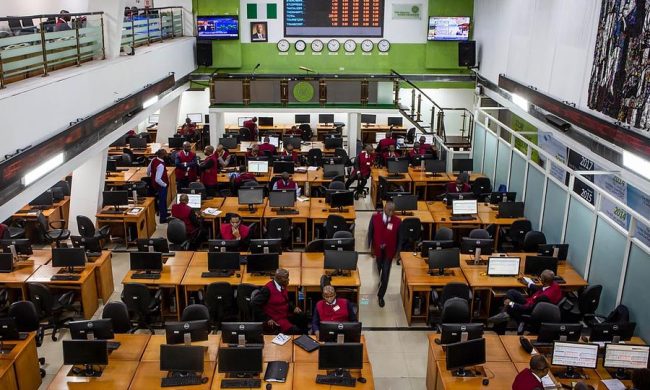Oil prices, on Thursday, March 23, recovered, but the market remained under pressure as bloated U.S. crude inventories and rising output dampen OPEC-led efforts to curb global production.
Brent crude futures, the international benchmark for oil, were at $50.82 per barrel at 0807 GMT, up 18 cents, or 0.4 percent, from their last close. That came after Brent briefly dipped below $50 a barrel on Wednesday for the first time since November.
U.S. West Texas Intermediate (WTI) crude futures were up 19 cents, or 0.4 percent, at $48.23 a barrel, after testing support at $47 overnight.
Analysts said Brent had found technical support around $50 a barrel and was being pushed up as traders took new long positions after falling to multi-month lows overnight.
Despite the bounce, traders said the market remained under pressure, largely due to record U.S. crude inventories and doubts that an effort led by the Organization of the Petroleum Exporting Countries (OPEC) to cut output was reining in a global fuel supply overhang.
Greg McKenna, chief market strategist at futures brokerage AxiTrader, said OPEC was “underwriting the investment plans and returns of their competition in U.S. shale oil.”
McKenna said there was a risk of oil prices dropping further due to U.S. output and a lack of compliance by some producers who said they would cut output.
Oil prices could rise to $60 per barrel in the second quarter, assuming inventory draws and oil producer output cuts remain in place, Barclays said in a report on Thursday.
The Energy Information Administration (EIA) said U.S. inventories climbed almost 5 million barrels to a record 533.1 million last week, far outpacing forecasts of a 2.8 million-barrel build.
The high inventories come as U.S. oil production has risen over 8 percent since mid-2016 to more than 9.13 million barrels per day (bpd) to levels comparable in late 2014, when the oil market slump started.














